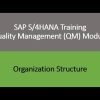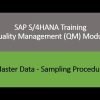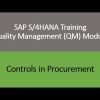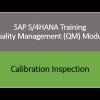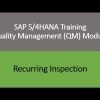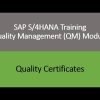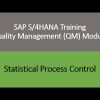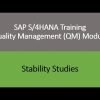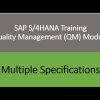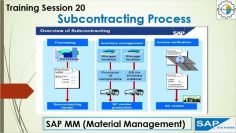This video covers the topic of Master Data, specifically focusing on the Material Master in the SAP S/4HANA Quality Management (QM) module. Here are the key points:
- Material Master: The Material Master contains information on all materials that a company procures, uses, stores, and sells. It’s a central source of data used by all components in the SAP logistic system. The video demonstrates how to create, change, and display materials in the system using transaction codes MM01, MM02, and MM03 respectively.
- Material Types: Materials are grouped into different types based on their attributes. For example, materials that are purchased, consumed in production, and not sold outside are assigned the material type “Raw Materials”. The video shows how to assign material types in the system.
- Organizational Levels: Some data in the Material Master is valid for the entire company, while some is valid for a particular plant or storage location. This is demonstrated in the system.
- Extending Material Master: The video explains how to extend the Material Master to other organizational units. This involves copying data from one plant to another.
- Managing Materials: SAP provides several tools for managing materials, such as collective entry of storage location data, mass maintenance, and profiles. The video shows how to use these tools to efficiently manage materials.
- MRP Profile: The MRP (Material Requirements Planning) profile is a tool that allows users to save default values for MRP fields. This can save time when creating new materials.
- Material Master Reports: The video demonstrates how to use the MM60 report to view a list of all materials in a plant. It also shows how to save variants of the report for quick access to specific data.
- Views Relevant for QM: The only view relevant for the QM module in the Material Master is the Quality Management view. This view is divided into three sections: General Data, Procurement Data, and Inspection Setup. The video shows how to activate inspection types for a material in the Inspection Setup section.




